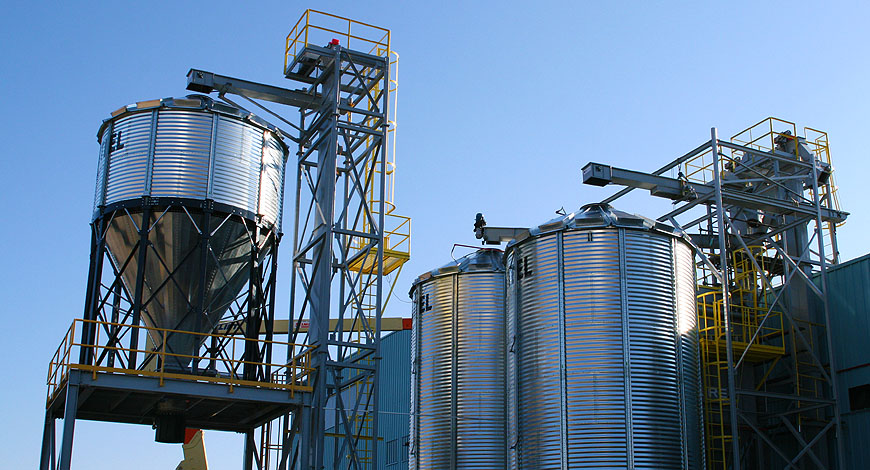
Biomass to Replace Coal
Stage
Sylvain Bertrand explains that the project was deployed in stages. In 2010, they began with a prototype that produced 25 kg/hour, then they designed a 250 kg/hour pilot unit in 2013 in Laval, which has now moved to the CTRI in Rouyn-Noranda. Finally, the 13,000 square-foot demonstration plant, based in Bécancour, has a capacity of two tonnes/hour. At each stage, they scaled to ten times the capacity. “It’s thanks to the 250 kg/hour unit that we were able to develop the two tonne per hour unit, because we operated the first for three years. That way, we were able to learn, correct and improve the system before moving on to the next step,” he added. The learning continues at the demonstration plant. “It’s going well even though we had a few problems at the start. CarbonFX is only one piece of equipment among many at the plant. We had to get adjusted with the conveyors, the grinder and the silos in addition to overseeing the plant’s automation. Also, we had to learn to make pellets, that is, to densify the biocoal, which we weren’t doing in Laval,” he says. The densification of biocoal into pellets is necessary for reducing transportation costs. The CEO adds that it will take them 12 to 18 months of plant operations before optimizing performance and functioning in 24/7 mode. Now, they are in operation four days a week, 10 hours a day. Airex Energy uses woody biomass for its project. The company purchases sawdust and recycled wood. “The size of our plant is relatively small, which isn’t a problem for procuring biomass. Over time, we can produce 15,000 tonnes of biocoal pellets or 30,000 tonnes per year of non-torrefied pellets,” he emphasizes.Applications
There are many applications for biocoal besides replacing coal. Depending on the rate of carbonisation chosen, you can produce things other than fuel. “It can be a source of carbon that is used in different types of processes. It can be used in metallurgic processes by replacing petroleum coke or in plastic materials. It then becomes a biocomposite,” says Bertrand. It can also be used as a soil amendment. Biocoal is an emerging product that helps amend soils and treat contaminated lots. There are many possibilities. Currently, Airex Energy is collaborating on 10 research projects to find applications for biocoal. Bertrand is seeing great interest in their product. Several provinces and American states have passed legislation to ban coal. Biocoal thus represents a clean and cheap alternative. Their potential clients can especially be found in the United States, where they’re responding to calls for proposal to conduct tests in American coal-fired power plants. In Québec, there are fewer possibilities. Only cement plants and a few metallurgical plants use coal. And there are other steps to take before supplying a coal-fired power plant. Incidentally, they are in discussions with a power generating station on the American West Coast. This station burns 8,000 tonnes of coal each day, which would need to be replaced by 8,000 tonnes of biocoal. “To us, that represents six months of work, and they consume the equivalent in a day!” he declares.Next steps
Airex Energy will continue the start up phase for another six months before entering 24/7 mode. The goal thereafter is to commercialize the CarbonFX technology. “We’ve already started bidding for projects in Canada and the United States. Clients for this technology are sawmills that generate residue and have to find outlets for their by-products. We’re looking for companies that want to try out or implement CarbonFX in their operations so that they can sell biocoal,” said Bertrand. The technology could be purchased and employed elsewhere in the world, like in Indonesia for palm oil residue or the American Midwest for corn. “All organic matter can be torrefied and transformed into fuel,” he emphasizes. The CEO also wants to expand the Bécancour plant in order to serve the north-eastern market in Canada and the United States.
Guy Veilleux, Vice-President of Engineering, Serge Turcotte, Operator, Pier-Alexandre Hould, Operator, Philippe Lavoie, Mechanic, Éric Landry, Plant Manager
Head Office
2500 Bernard-Lefebvre Street
Laval, Québec, Canada, H7C 0A5
450.661.6498
Bécancour Plant
103-4170 La Prade Blvd.
Bécancour, Québec, Canada, G9H 0B6
